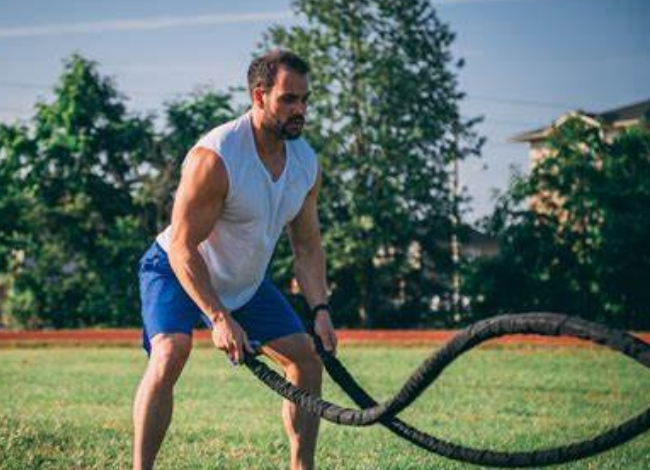Flexibility training is an often overlooked but essential aspect of any well-rounded fitness program. While strength training and cardiovascular exercise tend to take the spotlight, flexibility is equally important for maintaining a healthy, functional body. Flexibility training involves stretching exercises that improve the range of motion of your muscles and joints. This can include static stretches, dynamic stretches, and activities like yoga or Pilates.
One of the most obvious benefits of flexibility training is improved mobility. As we age, our muscles and joints naturally become less flexible, which can lead to stiffness, discomfort, and decreased range of motion. By regularly incorporating flexibility exercises, you can maintain or even increase the flexibility of your muscles and joints, making everyday activities easier and more comfortable.
Improved flexibility is also key to injury prevention. When muscles are tight and stiff, they’re more prone to strain or injury, especially during physical activities. Stretching helps to lengthen muscles, reducing the risk of overuse injuries like sprains or strains. Flexibility training also increases the elasticity of connective tissues, such as tendons and ligaments, which helps reduce the likelihood of tears or injuries caused by sudden movements.
Flexibility exercises also promote better posture by lengthening tight muscles that may be contributing to poor alignment. For example, tight hip flexors or hamstrings can pull your lower back out of alignment, leading to discomfort and poor posture. Regular stretching helps to release these tight muscles, promoting a more neutral spine and reducing the risk of back pain. By improving posture, you can prevent a variety of musculoskeletal issues and improve your overall body alignment.
In addition to reducing the risk of injury and improving posture, flexibility training can enhance athletic performance. Whether you’re a runner, cyclist, or strength athlete, greater flexibility allows you to move more freely and efficiently, maximizing your performance. Flexible muscles are also better able to generate power and respond quickly to changes in movement, which can help improve coordination and balance.
The mental benefits of flexibility training are just as important as the physical ones. Many forms of flexibility training, like yoga, encourage mindfulness and relaxation. These practices focus on breathing and connecting with the body, which can reduce stress and improve mental clarity. Stretching also stimulates the parasympathetic nervous system, helping to reduce muscle tension and calm the mind. As a result, flexibility exercises can be a great tool for relaxation and stress relief, contributing to a better sense of well-being.
For those new to flexibility training, it’s important to start slowly and avoid pushing yourself too hard. Stretching should never be painful; instead, it should feel gentle and comfortable. The goal is to increase flexibility over time, not to force your body into deep stretches before it’s ready. Consistency is key—aim for 10 to 15 minutes of stretching per day, focusing on all major muscle groups, to see gradual improvements in flexibility.
Dynamic stretching, such as leg swings or arm circles, is ideal for warming up before exercise, as it helps prepare the muscles for movement. Static stretching, where you hold a stretch for 15 to 30 seconds, is best done after exercise when your muscles are warm. You can also incorporate yoga or Pilates sessions into your routine to improve flexibility while gaining additional benefits such as strength and balance.
Incorporating flexibility training into your fitness routine doesn’t require a lot of time or equipment. Simple stretches can be done at home with no special tools, and activities like yoga or Pilates can be adapted to suit any fitness level. The key is consistency and listening to your body. By prioritizing flexibility, you’ll not only reduce your risk of injury but also improve overall performance, posture, and mental well-being.
In conclusion, flexibility training is a crucial element of a balanced fitness routine. It enhances mobility, prevents injury, improves posture, boosts athletic performance, and offers valuable mental health benefits. By incorporating regular stretching exercises into your routine, you can enjoy a more functional, pain-free body and a more relaxed, balanced mind.





